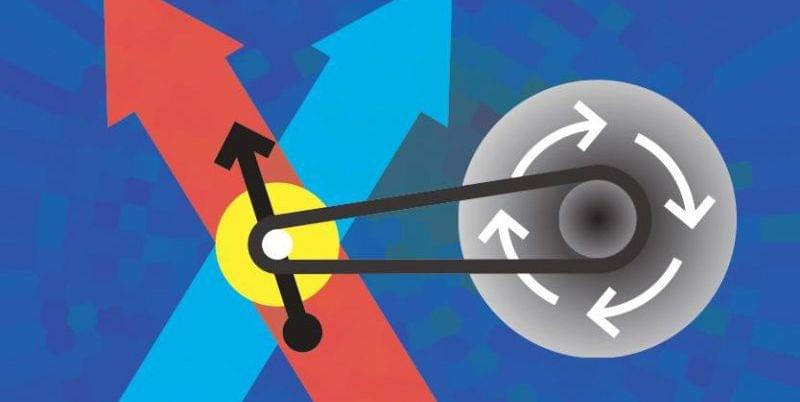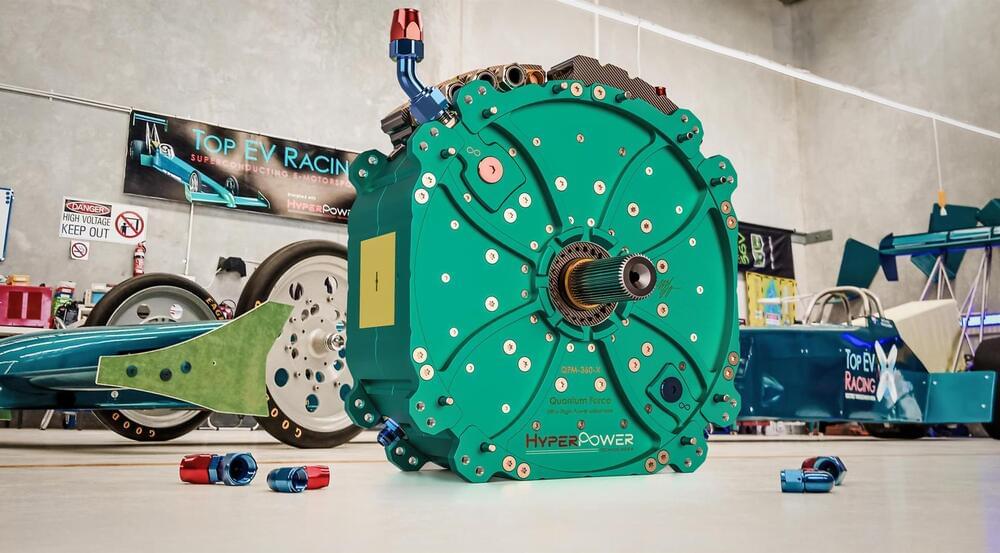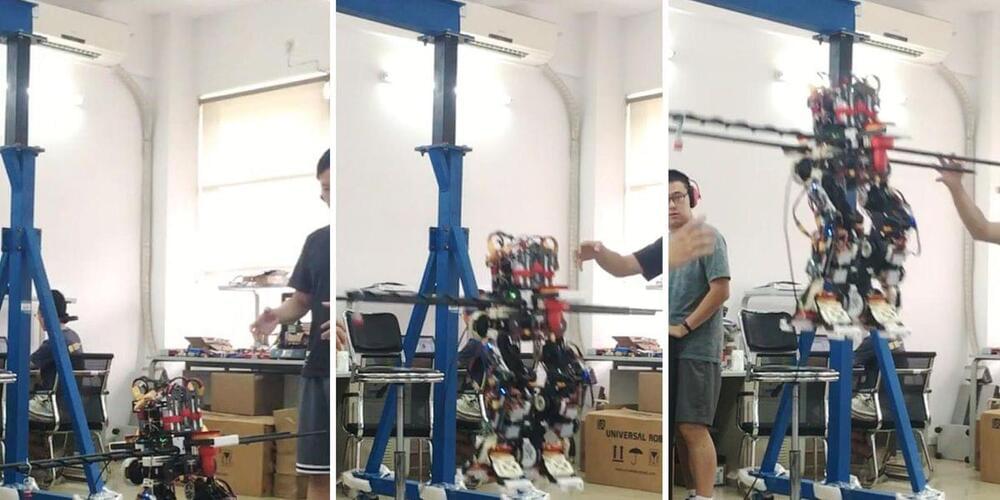ET could harvest energy from a black hole.
Researchers show how intelligent aliens might draw nearly-limitless power from a black hole using a Dyson sphere.


Circa 2019
An international team of physicists have created what they’re calling the world’s smallest engine. How small is it? The entire engine is a single calcium ion, making it around 10 billion times smaller than a car engine.
The experimental engine was conceived by an international team led by Professor Ferdinand Schmidt-Kaler and Ulrich Poschinger of Johannes Gutenberg University in Mainz, Germany. The engine is electrically charged, which makes it easy to trap using electric fields. The moving parts of the engine are the ion’s “intrinsic spin.” On an atomic level, spin is a measurement of an atom’s angular momentum.
Within the engine, spin is used to capture and convert heat absorbed from laser beams into oscillations, or vibrations, of the trapped ion. The vibrations act as a flywheel and its energy is placed into units called “quanta,” predicted by quantum mechanics.

Lotus targets almost2000horsepower for its new hypercar.
Lotus is wary of corporate hubris these days, preferring to remain quiet when previously it would have shouted. Former boss Dany Bahar once introduced five sports-car concepts on the same auto-show stand, none of which made it even close to production. Lotus’s resources have grown massively since the thinly applied gild of the Bahar era; Chinese automaker Geely took a majority stake in the British sports-car maker two years ago. But although the company has recruited hundreds of new engineers, and is known to be working on several new models, few details have been shared so far.

An Australian company by the name of HyperPower Technologies has developed an electric motor that generates a mammoth 1,340 horsepower.
The electric motor, code-named the QFM-360-X, measures about 17 inches in diameter and is designed to be scalable. HyperPower said ten of them could be mounted on a common shaft to deliver 13,400 hp.
To demonstrate the performance, HyperPower teamed up with electric drag racers Top EV Racing and built a Top Fuel-style dragster powered by four of the motors for a combined output of 5,360 hp. Performance estimates for the electric beast include a 0–124 mph time of 0.8 seconds, a 0–330 mph time of 3.7 seconds, and a top speed of 380 mph.


While there are plenty of companies using insects to manage waste, including Goterra, Better Origin and AgriProtein, Insectta is extracting more than agricultural products from black soldier flies. With funding from Trendlines Agrifood Fund and government grants, Insectta is procuring high-value biomaterials from the byproducts of these larvae.
In Singapore, the amount of generated food waste has increased 20% over the past decade. Startup Insectta is turning to maggots to take a bite out of the problem.


A hair-like protein hidden inside bacteria serves as a sort of on-off switch for nature’s “electric grid,” a global web of bacteria-generated nanowires that permeates all oxygen-less soil and deep ocean beds, Yale researchers report in the journal Nature. “The ground beneath our feet, the entire globe, is electrically wired,” said Nikhil Malvankar, assistant professor of molecular biophysics and biochemistry at the Microbial Sciences Institute at Yale’s West Campus and senior author of the paper. “These previously hidden bacterial hairs are the molecular switch controlling the release of nanowires that make up nature’s electrical grid.”
Almost all living things breathe oxygen to get rid of excess electrons when converting nutrients into energy. Without access to oxygen, however, soil bacteria living deep under oceans or buried underground over billions of years have developed a way to respire by “breathing minerals,” like snorkeling, through tiny protein filaments called nanowires.
Just how these soil bacteria use nanowires to exhale electricity, however, has remained a mystery. Since 2,005 scientists had thought that the nanowires are made up of a protein called “pili” (“hair” in Latin) that many bacteria show on their surface. However, in research published 2019 and 2020, a team led by Malvankar showed that nanowires are made of entirely different proteins. “This was a surprise to everyone in the field, calling into question thousands of publications about pili,” Malvankar said.

I actually like this program.
“It watches what you’ve done in the past, what you’ve gotten right, and what you’ve gotten wrong,” he explained. “And then it tries to give you things that are not too easy or not too hard, but are sort of what educational psychologists would say are in your ‘zone of proximal development.’”.
In the wake of a noted IPO, EdTech player Duolingo showed off AI-infused updates to its language lesson platform.